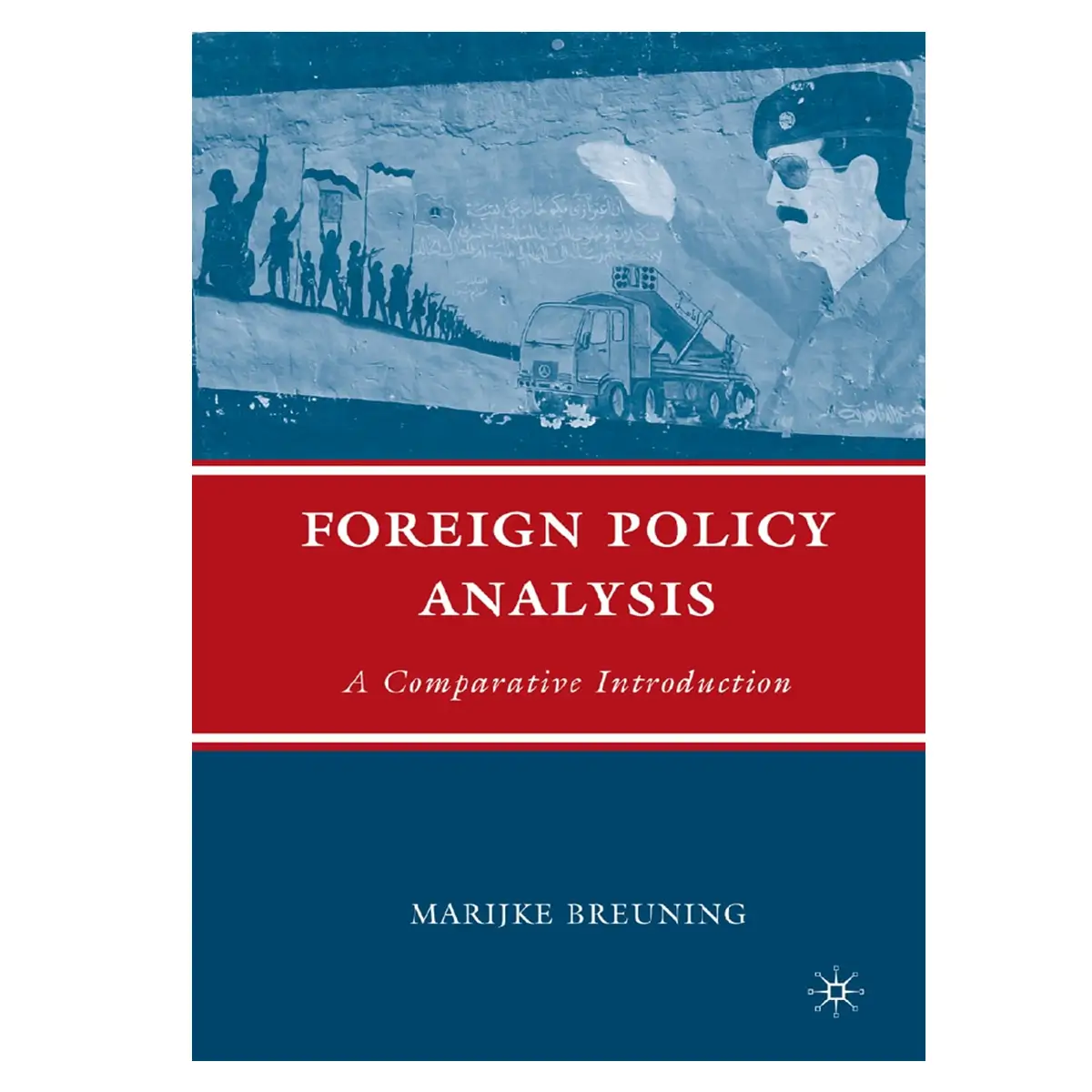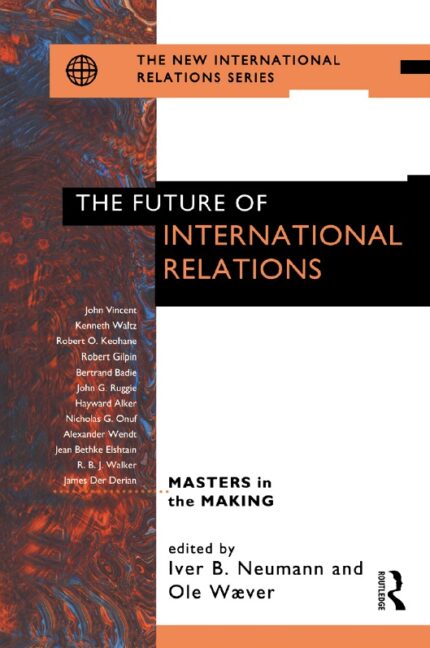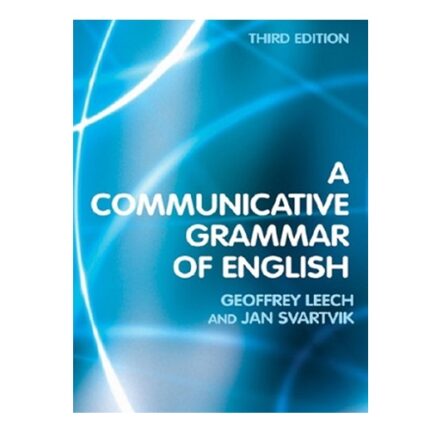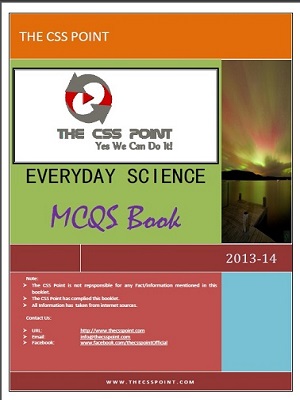Foreign Policy Analysis: A Comparative Introduction By Marijke Breuning. This text reflects a specific point of view on the field of foreign policy analysis. It places the individual decision-maker at the heart of the foreign policy decision-making process.
For this reason, the book starts with a discussion of the role of leaders and then proceeds to situate these individual decision-makers in the context of advisors and bureaucracies, as well as domestic and international constraints.
Moreover, Each chapter is organized around puzzles and questions to which undergraduate students can readily relate. The book does not assume prior study of international relations. Quite the contrary, this text assumes no prior knowledge of either international relations or foreign policy analysis.
See Also: Foreign Affairs January February 2024 Issue
Hence, the focus is on explaining concepts and theories rather than on authors and literature. The book’s focus on the individual decision-maker makes it easy for students to identify with the problems inherent in foreign policy making and to place themselves in the shoes of decision-makers.
The case studies that help explain the concepts are drawn from a variety of countries and periods and include non-crisis as well as small-state foreign policymaking. Most of the concepts discussed in this book have been developed in the context of the study of U.S. foreign policy.
Their applicability to other countries was teste only infrequently. This book does not test the applicability of these concepts systematically but suggests the value of a comparative approach to foreign policy analysis.
In addition, This text reflects my perspective on foreign policy analysis first and foremost, but it is also the product of the many people who assisted me along the way. Of those, I would specifically like to thank David Pervin, who first persuaded me to take on this project.
David was instrumental in the initial conceptualization of the book and provided important feedback on early chapters. John Ishiyama convinced me that it was a worthwhile endeavor and served as an important sounding board for my ideas.
Lastly, His insights and his questions have helped me to write a better book than would have been possible without our many conversations. My students at Truman State University provided positive feedback on the draft chapters I assigned in several classes. They liked what they read and encouraged me to complete the book.
Main Features
- The book positions individual decision-makers at the core of the foreign policy decision-making process, emphasizing the pivotal role of leaders.
- It integrates the context of advisors, bureaucracies, and domestic and international constraints, situating individual decision-makers within a broader operational framework.
- Designed for undergraduate students with no prior knowledge of international relations or foreign policy analysis, focusing on explaining concepts and theories through puzzles and questions.
- The text uses case studies from various countries and periods, including non-crisis and small-state foreign policymaking, to illustrate concepts. It also notes that researchers mostly developed these concepts in the context of U.S. foreign policy and have tested their applicability to other contexts less frequently..
- Acknowledges the collaborative effort in the creation of the text, highlighting contributions from David Pervin for initial conceptualization and feedback, John Ishiyama for encouragement and insights, and positive feedback from students at Truman State University which motivated the completion of the book.
[maxbutton id=”1″ url=”https://hostnezt.com/cssfiles/internationalrelations/Foreign%20Policy%20Analysis.pdf” text=”” ]


























Reviews
There are no reviews yet.